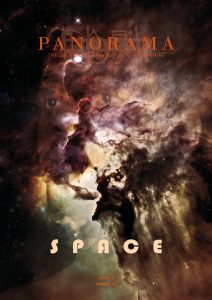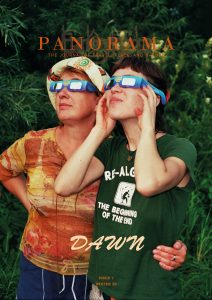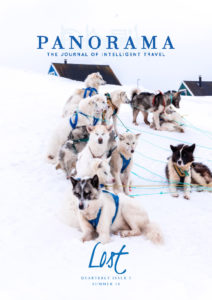After Graham Greene
The shelves in the art deco bookshop are empty. We walk down to the malecón to bear witness to the slow erosion of the day as the metallic sky rusts into horizon. A man is lost in his tenor saxophone and the seawall mimics the meander of his instrument. Far out in deep waters white balloons bob upon the surf. Fishermen use government issued condoms as floats for their hooks, each one hoping for a useful catch, a thirty-pound carpenter shark, perhaps. Tarpon and barracuda are more likely. Here and there a glimmer against the stones as the poor man’s silver wriggles to its death before feeding a family. Real silver, spices, emeralds, alpaca wool and leather (sometimes tanned by human shit) were brought here in days long gone, Havana the meeting point for the treasure fleet to Spain. Time gives poetry to a battlefield. Pastel shades of pockmarked facades stand damaged like ruined molars in the face of the relentless sea-spray and pumped fumes of the Studebakers and Chevys. They call them almendrones, large almonds, curved and motorised. The salty mist hits me in the face and it feels good. The exhaust fumes smell like the eighties.
The Obamas just left though The Stones are still in town. A million of us saw them last night. The older habanenses were happiest. The ones who still remember hauling those hefty Soviet radios down to the beaches, holding them above their heads like some ancient offering, the tide pooling around their ankles, aerials aloft, hoping to catch an unpatriotic snatch of rock n’roll from the Floridian airwaves. On at least five occasions I saw groups of young women in giggling consultation, discussing how best to dance to Sympathy for the Devil or Jumpin’ Jack Flash as, for one night only, salsa, mambo and rumba gave way to the shimmy, the mashed potato, the watusi, dance moves learnt from the blackmarket, and, most popular of all, the swim. Hold your nose. Sink down underwater.
From the Castillo de la Real Fuerza a fading view of its sister fortress. El Morro, where Reinaldo Arenas was imprisoned. Homosexuality was counter revolutionary back then and there he scribbled poems for his voracious niche readership, the officials of the state security apparatus, his captive audience. At one point a metal chain stretched out between the fortifications to ensnare invading crafts. In the sixth year of the Seven Years’ War the British took El Morro and turned its cannons inwards to Havana, blasting the seafront houses and businesses, ensuring capitulation. Though half of them died from yellow fever, the Brits that remained opened up the island to the Caribbean, North Americas and the world. The trading of horses and slaves boomed. It didn’t last long. Amidst fears of declining sugar prices and enticed by the gift of Florida, Havana was handed back to Spain. The habanenses, for the first time having free trade forced upon them, developed a taste for unshackled commerce. The Spanish response was insulation. Havana became the most heavily fortified port on the planet.
An unannounced blackout draws our attention to night.
Night has fallen. Electricity is rationed.
Cigars, kerosene lamps, candles—alternative light sources are sparse and reflect off the pale stones of the port. The fishermen who have drifted far out in search of their living guided now only by the moon and the meagre glow of the city. Carlos Manuel de Céspedes, José Martí, Christopher Columbus, angels and mock versions of La pietà. The ectoplasmic gloaming of the white marble statues and tombstones points the way back to home, drags them all back ashore.











